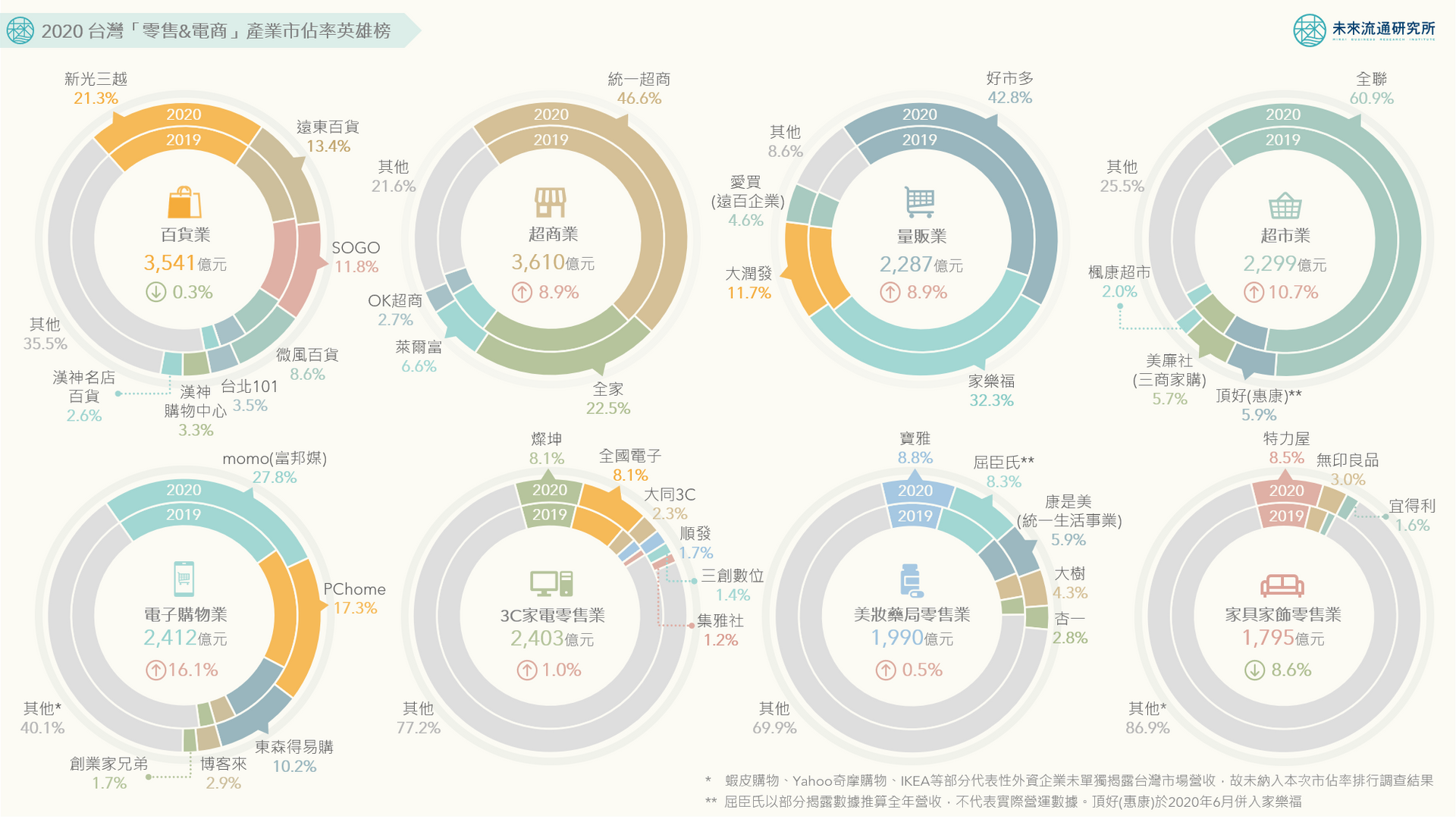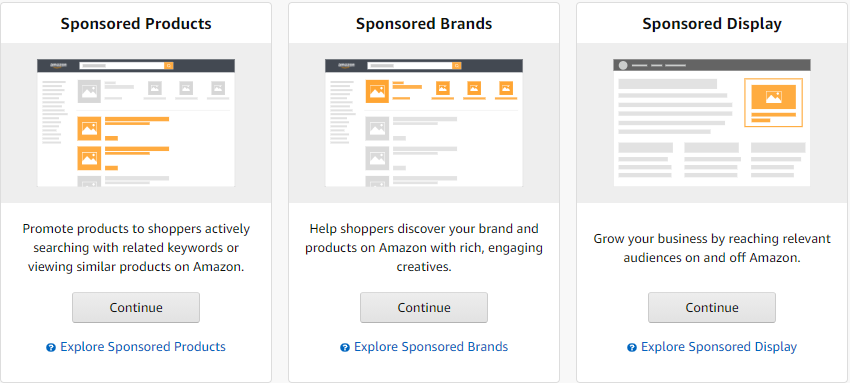The evolution of retail industry! Why can it become a media advertisement and what impact does it have on the brand?
The evolution of retail industry!
Why can it become a media advertisement and what impact does it have on the brand

Since the outbreak of the epidemic in 2020, the transformation of the global real economy has accelerated, and people have reduced their visits to physical stores. Brands have begun to invest in the Internet industry, giving brands the opportunity to connect consumers' online and offline consumption behaviors, enabling the retail industry to master consumer consumption data.
In Taiwan, not only PX, Carrefour, Costco and other hypermarket retailers have begun to develop online channels, but also convenience stores, department stores, 3C home appliance retailers, and other major retailers are committed to providing consumers with a seamless shopping experience, achieving omni-channel economies of scale, and developing advertising space on their own online shopping platforms to provide advertisers with new media options.
Without good distribution channels, it is impossible to spread!
Select appropriate delivery channels based on different "purposes"
Internet marketing is not only the most important channel to reach target customers in the future, but also a powerful tool for corporate transformation.
What is Retail Media Advertising?
Media advertising originated in the physical retail environment. Initially, retail advertising was paid by brands to retailers to allow brands to display in-store signs and promotional materials in-store to attract customers' attention and encourage consumers to buy. COVID-19 has accelerated the world's shift to online channels as the main sales channel. Consumers are not only more willing to shop online, but also expand their acceptance of products recommended by big data. Global e-commerce spending will be close to US$580 million in 2021. In 2021, Amazon has become the third largest media advertising company after Google and Meta, with advertising revenue of up to US$31 billion in 2021.

What are the benefits for brands if the retail industry becomes a media advertisement?
The retail industry has access to consumer information and can accurately deliver and push brand products to consumers to increase conversion rates, while allowing consumers to more quickly find information about the products they want to buy. Although advertising on retail media in Taiwan has not yet been fully popularized and is still in the development stage, retail media advertising can collect more consumer data and manage omni-channel consumer data, thereby connecting omni-channel advertising campaigns with online and offline consumer behaviors, and better understanding consumers' complex shopping journeys. Retail media advertising is changing the way brands interact with consumers. This interaction can be considered symbiotic to some extent because it gives brands the opportunity to benefit from each other.
Over-reliance on the retail industry brings hidden dangers and concerns to brands
When retail becomes mainstream media advertising, it will become more difficult for small brands with no reputation and no advertising budget to stand out. The amount of money they spend on advertising is far less than that of big brands, and they can only become advertising stepping stones for big brands.
In 2023, the cookieless era will come, where it will be more difficult to track users. It will no longer be possible to effectively reach consumers. No matter how much budget a brand invests, it will not be able to achieve the same advertising results as in the past. Small brands will not be able to effectively expose brand and event information in the red ocean advertising market.
Only by growing together with the retail industry can we have a competitive advantage
The future will enter an era where "golden data is king". The more consumer information you have, the more accurately you can grasp the consumer's shopping journey. If a brand does not want to be a stepping stone, it needs to master first-party member information, understand consumer preferences, purchase time, purchase items, purchase frequency and purchase price. The more consumer information you have, the more you can encourage consumer purchasing behavior.
How should brands build membership databases?
Line chatbot, also known as Social CRM, can not only collect information from major social media platforms and official websites, but also integrate POS systems, CDP, and e-commerce platform member consumption data when consumers click on product tags. Through Social CRM, it can completely bind members' identities on different platforms and integrate multi-channel data into one platform for management.
Social CRM is not only a data platform for collecting first-party data, but also an outlet for data reuse. It provides different content for different audiences at different time points to make information communication more accurate. It not only helps brands grasp a 360-degree customer picture, but also makes each interaction with members more efficient, thereby improving brand and member stickiness.
Enhance the positive interaction between the brand and members through lucky draw activities
When operating an official LINE account, brands often use lucky draws to increase the number of member friends.
More Marketing Notes
Are you still sending Line messages as text messages? Only "Focus Marketing" can monetize traffic!
In the age of information explosion, we believe that "customization" is the key to embed information deeply in people's minds, and "Line" represents this key!
How does collecting data help a business?
Marketing is like fighting a war. If you know how many troops the enemy has, what weapons they like and are good at using, and even the dining habits of their king, I think it is equivalent to having a thousand ways to defeat the enemy.








